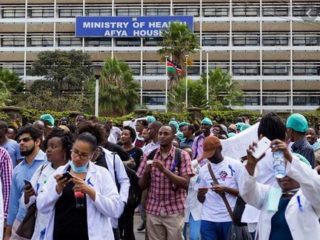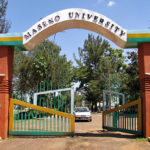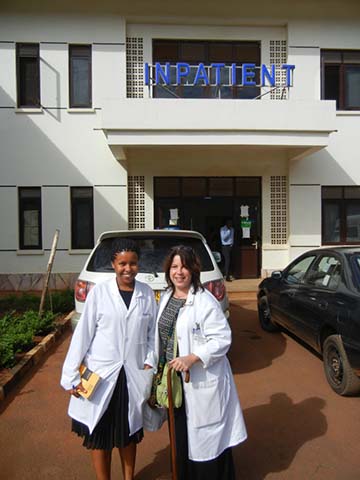Oxford Mathematician Neave O’Clery works with mathematical models to describe the processes behind industrial diversification and economic growth. Here she discusses her work in Oxford and previously at Harvard to explain how network science can help us understand why some cities thrive and grow, and others decline, and how they can offer useful, practical tools for policy-makers looking for the formula for success.
No man is an island. English poet John Donne’s words have new meaning in a 21st century context as network and peer effects, often amplified by modern technologies, have been acknowledged as central to understanding human behaviour and development. Network analysis provides a uniquely powerful tool to describe and quantify complex systems, whose dynamics depend not on individual agents but on the underlying interconnection structure. My work focuses on the development of network-based policy tools to describe the economic processes underlying the growth of cities.
Urban centres draw a diverse range of people, attracted by opportunity, amenities, and the energy of crowds. Yet, while benefiting from density and proximity of people, cities also suffer from issues surrounding crime, transport, housing, and education. Fuelled by rapid urbanisation and pressing policy concerns, an unparalleled inter-disciplinary research agenda has emerged that spans the humanities, social and physical sciences. From a quantitative perspective, this agenda embraces the new wave of data emerging from both the private and public sector, and its promise to deliver new insights and transformative detail on how society functions today. The novel application of tools from mathematics, combined with high resolution data, to study social, economic and physical systems transcends traditional domain boundaries and provides opportunities for a uniquely multi-disciplinary and high impact research agenda.
One particular strand of research concerns the fundamental question: how do cities move into new economic activities, providing opportunities for citizens and generating inclusive growth? Cities are naturally constrained by their current resources, and the proximity of their current capabilities to new opportunities. This simple fact gives rise to a notion of path dependence: cities move into new activities that are similar to what they currently produce. In order to describe the similarities between industries, we construct a network model where nodes represent industries and edges represent capability overlap. The capability overlap for industry pairs may be empirically estimated by counting worker transitions between industries. Intuitively, if many workers switch jobs between a pair of industries, then it is likely that these industries share a high degree of know-how.
This network can be seen as modelling the opportunity landscape of cities: where a particular city is located in this network (i.e., its industries) will determine its future diversification potential. In other words, a city has the skills and know-how to move into neighbouring nodes. A city located in a central well connected region has many options, but one with only few peripheral industries has limited opportunities.
Such models aid policy-makers, planners and investors by providing detailed predictions of what types of new activities are likely to be successful in a particular place, information that typically cannot be gleaned from standard economic models. Metrics derived from such networks are in-formative about a range of associated questions concerning the overall growth of formal employment and the optimal size of urban commuting zones.




















